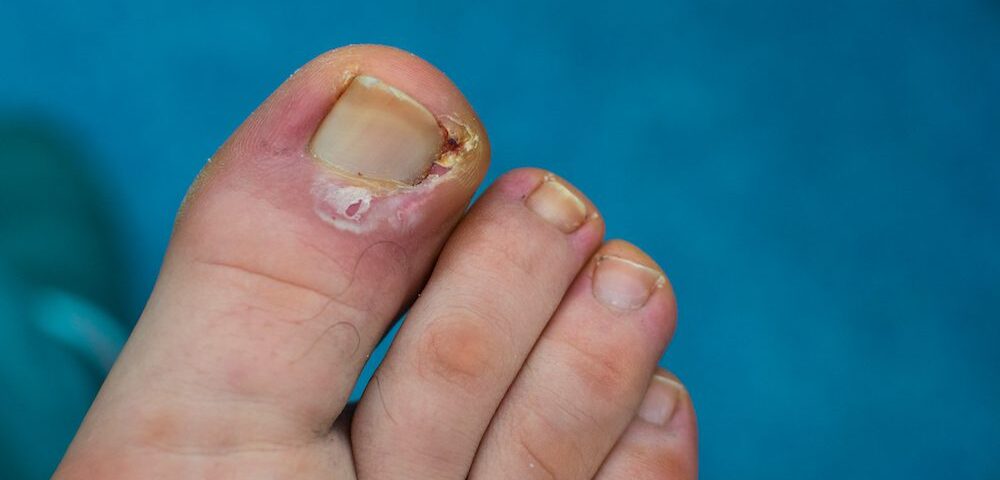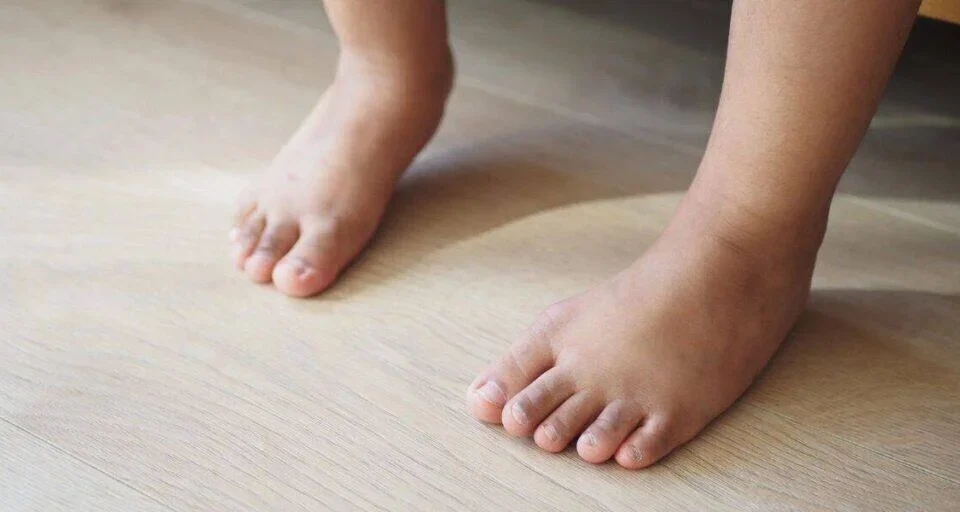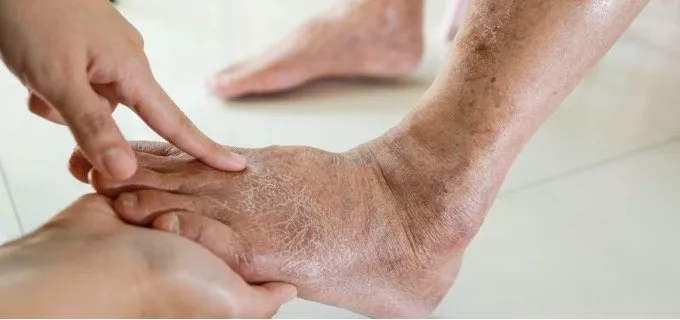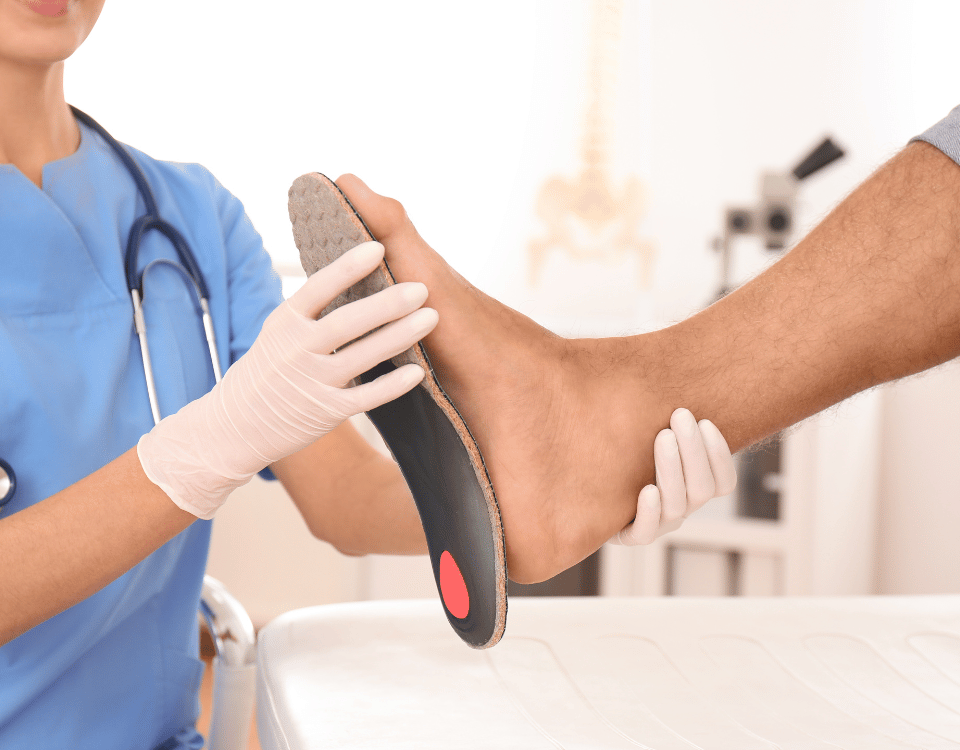
What Makes Family Practice an Essential Service
October 1, 2025
MedSpa Services for Holiday-Ready Skin
October 1, 2025An ingrown toenail may seem like a minor issue, but when left untreated, it often leads to significant pain, infection, and mobility challenges. This condition occurs when the edge of a toenail grows into the surrounding skin, often causing swelling and discomfort. Understanding proper treatment and preventive measures is key to avoiding complications. Here’s more information on preventing complications for toenail inflammation.
Identifying Causes and Risks
An ingrown toenail can develop for several reasons. Here are some common causes and risk factors that may contribute to this condition:
- Naturally curved toenails: Certain individuals have toenails with a natural curvature that makes them prone to growing into the surrounding skin.
- Improper nail trimming: Cutting toenails too short or rounding the edges can encourage the skin to fold over the nail.
- Ill-fitting footwear: Shoes that are too tight or narrow place excessive pressure on the toes, forcing the nail to grow abnormally.
- Certain medical conditions: Diabetes, nerve damage in the feet, or poor blood circulation can increase the risk of developing severe infections from a toenail inflammation.
- Trauma to the toe: Stubbing your toe or other types of foot injuries can contribute to the development of this painful condition.
Recognizing these causes and risks is fundamental for effective prevention and early intervention.
Treating Ingrown Toenails Early
When an ingrown toenail first develops, you may notice redness, mild swelling, and tenderness around the nail. This toenail inflammation is a sign that the body is reacting to the nail penetrating the skin. There are several home remedies that can be helpful in managing these early symptoms and preventing the condition from worsening. Soaking the affected foot in warm water for a few minutes several times a day often helps with swelling and relieves tenderness.
After soaking, make sure to dry your foot completely. You can also gently lift the edge of the ingrown nail and place a small piece of cotton or dental floss underneath it. This action helps encourage the nail to grow above the skin edge. Wearing comfortable shoes or open-toed sandals will reduce pressure on the affected toe, providing relief and helping the healing process.
Seeking Professional Care for Prevention
If home remedies do not improve the condition within a few days, or if you suspect a nail infection, you should seek professional medical care. A foot and ankle specialist properly diagnoses the severity of the ingrown toenail and recommends the appropriate treatment. Depending on the situation, the podiatrist may need to lift the nail or, in more severe cases, partially or completely remove it.
For long-term prevention, adopting proper foot care habits is fundamental. Here are some proper foot care habits to contemplate:
- Cut your toenails straight across, avoiding rounded corners.
- Wear shoes that fit properly and provide enough room for your toes to move freely.
- Contemplate your daily activities and footwear choices to minimize pressure on your toes.
- Keep your feet clean and dry, especially in between toes, to prevent fungal infections.
- Avoid sharing nail clippers or other personal foot care tools.
- Use antifungal sprays or powders on your feet and inside your shoes
These simple habits can go a long way in preventing ingrown toenails from developing. If you do experience recurring ingrown toenails or have a severe case that requires medical attention, don’t hesitate to consult a foot and ankle specialist for proper treatment and advice.
Schedule an Ingrown Toenail Evaluation
An ingrown nail can be more than just a discomfort; it can lead to painful complications if not addressed properly. By understanding the causes, practicing early treatment, and adopting preventative habits, you can protect your foot health. Contact a foot and ankle specialist near you to schedule an ingrown toenail evaluation today.





